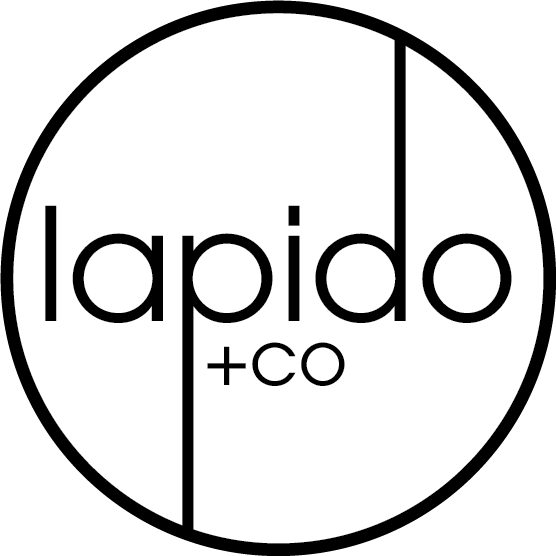Find Your People—5 Questions That Change Everything.
(Yes, even with the best designer in the world.)
Most businesses attempt to brand themselves before they’ve determined who they’re targeting. They choose colors, fonts, and taglines before they’ve ever asked:
“Who are we trying to attract?”
That’s like designing a storefront with no idea who’s walking by. It might look pretty, but it won’t pull people in.
So, before you build your brand, you need to know your audience.
Here’s how to find your people—by answering these 5 questions:
Forget the guesswork, the generic content, or designing a brand that tries to “appeal to all.” You need to target with clarity so you can connect with the people ready to work with you.
These five questions will help you figure out who they are, so you can build a brand they recognize instantly.
What problem are they actively trying to solve?
Not just the problem you solve, but the one they feel. If your service helps people save time, but your audience thinks they need help with “posting more consistently,” speak to that. You’re not here to educate the entire internet—you’re here to show up where the urgency already is.
2. What decision are they in the middle of making?
People don’t stumble into solutions. They search for them. Are they deciding between going in-house or outsourcing? Are they weighing two business models? Are they starting over?
Knowing what choice they’re up against helps you frame your offer as the no-brainer option.
3. What makes them say, “Ugh, I need help?”
This is the moment they go from passive scroller to active buyer. What triggered that search? What did they just try and fail at?
Capture that moment, and you’ve got their attention before they click off to someone else’s solution.
4. What do they wish they could say out loud?
People don’t just want to feel seen—they want to feel safe. Do they secretly hate social media? Do they feel embarrassed by their outdated site? Do they want a rebrand but think it’s “not worth it yet”?
Use their real, unspoken language to build trust from the first sentence.
5. Who are you not for?
Yes, this matters just as much. When you define who isn’t your audience, you stop watering down your message to please people who were never going to buy anyway.
The clearer you get on who you don’t serve, the louder your brand becomes to the people you do.
Real Example: Beyond the Gift
When we first worked with Osei and Antoné, their audience looked like it had potential. But after digging in, we realized their true clients weren’t people in their already built network—they were the professionals feeling stuck either in a role or organization that they may have auto piloted into and are ready to make a change, but need the support and tools to do something about it.
That pivot changed everything: The brand voice, the copy, the strategy, and most importantly, the results.
This Is What RH Got Right
Before Lapido + Co, I worked at RH (yep, Restoration Hardware). And let me tell you—every decision was made with their audience in mind.
They didn’t design for “people who like nice furniture.”
They design for people who vacation in Napa, drive Range Rovers, prefer mood lighting, and want their home to feel like a sanctuary.
The takeaway? Your brand doesn’t need to be everything for everyone. It needs to feel like home for the right person.
Final Thought: Precision = Power
You don’t need 100,000 followers. You need 10 buyers who see your brand and say: “That’s exactly what I’ve been looking for.”
So start there.
Answer the five questions. Find your people. Build a brand that speaks to them—clearly, confidently, and without apology.
We’ll help you do the rest.



